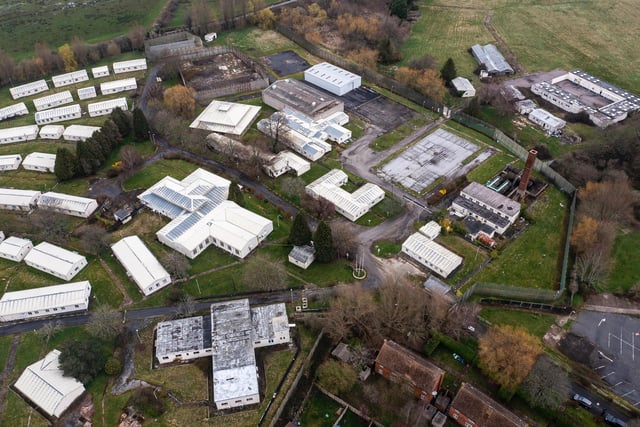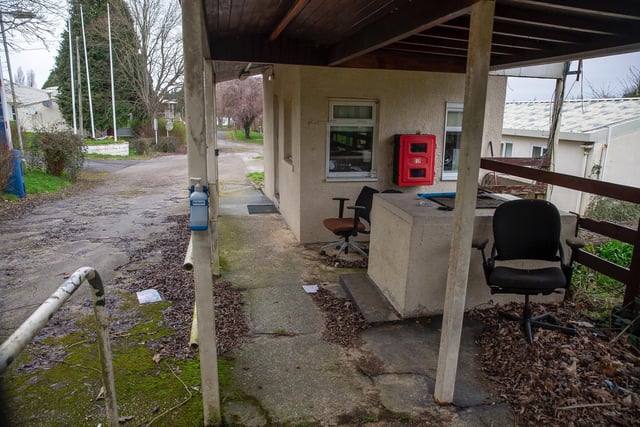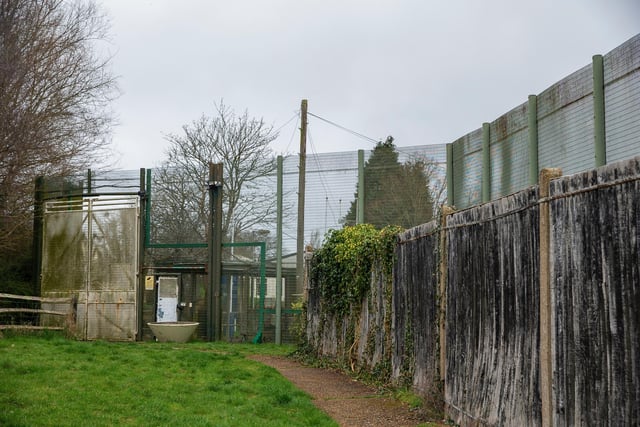A group of people who live in the area are holding a public gathering by the gates of the Northeye site in Bexhill from 3pm tomorrow (Saturday, April 1).
This week the Home Office announced that the site, which used to be a prison and training centre, is one of three to be chosen in the UK, and will accommodate up to 1,200 people.
The other two sites are in Scampton, Lincolnshire and Wethersfield in Essex.
Lisa Marchant, who lives in the area where the Northeye site is located, said: “There are only 200 of us who live on the estate, which includes a lot of families with young children. We could have up to 1,200 men on the site, who are able to be free to leave the centre until 11pm.
"There is nothing in the area for them, so what are they going to do? At the moment we don’t have enough places in the doctors’ surgeries and hospitals and capacity in the village for this number of people. Our biggest concern is the safety of our properties and families.”
On its Facebook page, Bexhill Town Council said: “We are fully aware of the deep concerns felt by Bexhill residents following the Home Office decision to house asylum seekers at the Northeye site in Bexhill, a former prison and military training centre. Rother District Council and East Sussex County Council are working together, to understand and assess in more detail the impact this would have on our community. The town council will be liaising directly with them on behalf of residents.”
Immigration Minister, Robert Jenrick, revealed the plans for the three sites in the Commons this week.
The Government said it was costing £6 million a day to house asylum seekers in hotel accommodation.
Speaking about the Northeye site, a Home Office spokesperson said: “We expect there to be around 800 people in phase one of the site opening by September 2023. We plan to accommodate around 1,200 people by December 2023. The site will accommodate single adult male asylum seekers.
"The proposal being looked at is for new accommodation to provide accommodation for the asylum-seekers and on-site recreation, a shop, faith and worship and some level of medical services would be available.
“By designing the site to be as self-sufficient as possible, we would minimise the impact on local communities and services. This includes consideration of impacts to the community during both construction and operational phases. As proposals develop, we will work closely with local stakeholders to manage any impact on the local area.”

1. The Northeye site in Bexhill
The Northeye site in Bexhill Photo: Eddie Mitchell

2. The Northeye site in Bexhill
The Northeye site in Bexhill Photo: Eddie Mitchell

3. The Northeye site in Bexhill
The Northeye site in Bexhill Photo: Eddie Mitchell

4. The Northeye site in Bexhill
The Northeye site in Bexhill Photo: Eddie Mitchell